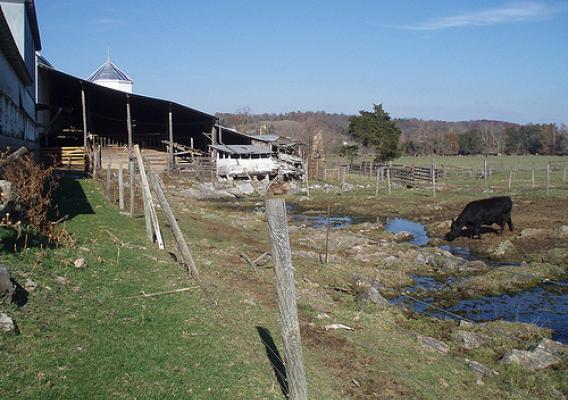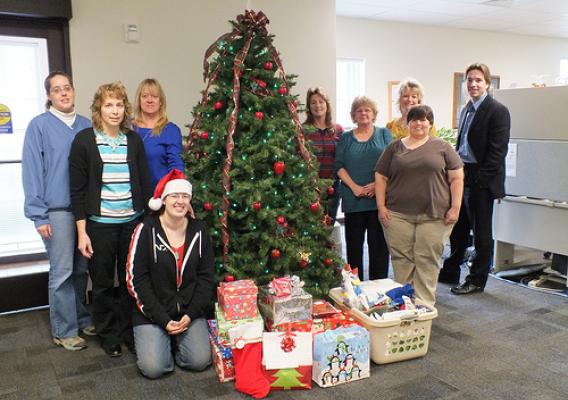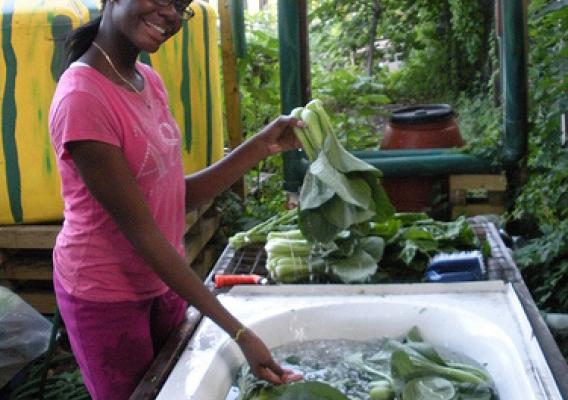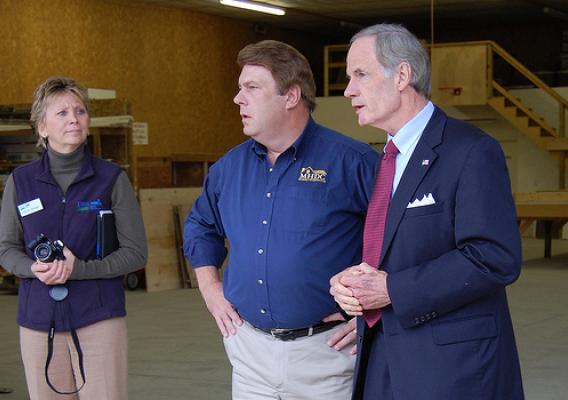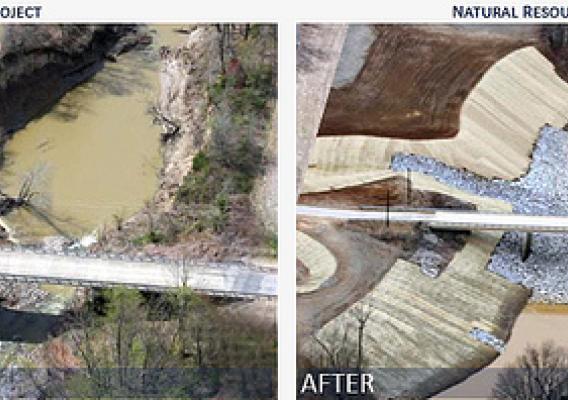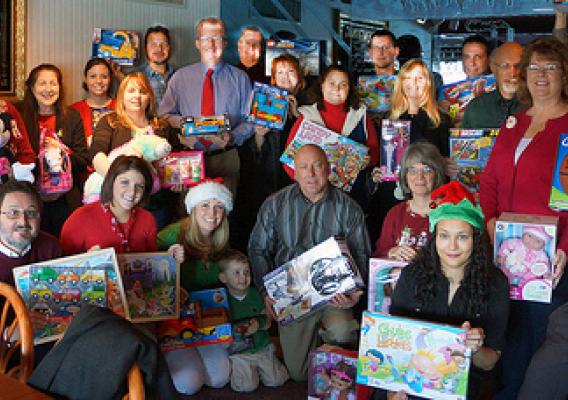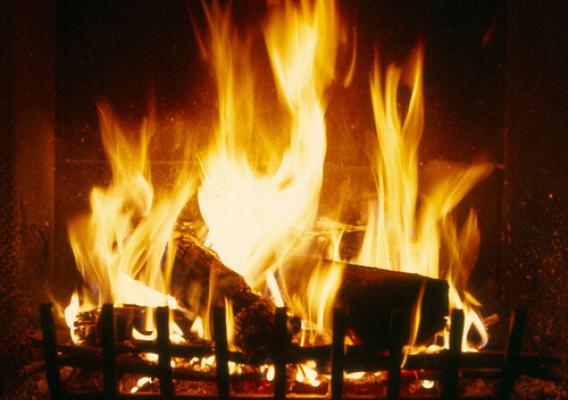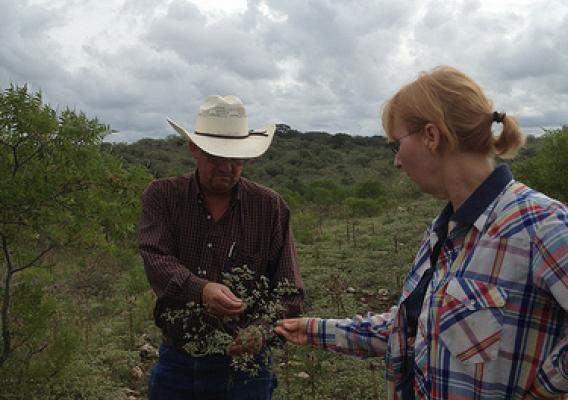Earlier this month I joined Delaware Senators Tom Carper and Chris Coons in announcing USDA funding support for a project that will help 24 limited-income families build their own homes. It’s called Self-Help Housing.
Under the program, limited-income credit-worthy families work together to build their own houses. Usually, about eight families work together under the guidance of a construction foreman and the process takes about a year. The program requires applicants to provide at least 65 percent of the labor, and at closing, this contribution becomes their “sweat equity.” At the end of the process, USDA provides a direct homeownership loan at an interest rate of as little as one percent.
"The Self-Help Housing Program is one that instills a sense of pride in individuals as they work to build the very structure they will live in," said Senator Carper. "Homeownership is part of the American dream, and programs like the USDA's Rural Development Self Help Housing Program make that dream more accessible as we work our way out of this long and difficult recession," Senator Coons said.

